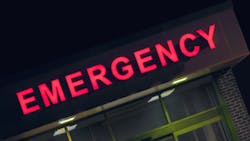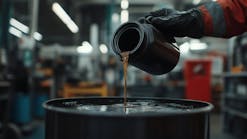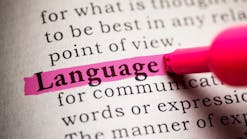I was recently on a call with other franchisees and representatives when the topic of AED devices in our location was brought up. There were mixed thoughts on them and I, for one, was not keen on them being in the location. We all have guys who might be tempted to check it out or even do something wrong while using it. But it did mention a good topic for discussion. What can we do to help in an emergency in one of our store locations?
Most of the time, what we hear about in a quick lube or a shop is when someone has been knocked over by a car or has been injured by a faulty machine or tool. When these things happen, what do you have available for first aid? Now, we should all have a first aid kit in place in our location. This is standard. But to go the extra mile in this training, look into sending a few key personnel to do this. It will especially become more important if you happen to have the unfortunate event of an employee or customer being struck by a car.
On that point, this is a situation that may require more than some basic first aid. We have all seen the videos and heard the stories in the field. Employees getting run into doors, broken bones, etc. Absolutely first and foremost, call 911! In any situation that is beyond basic bandaging up and stopping any bleeding, this is the primary duty. If you have someone who has the training that we were discussing previously, have this person check on the condition of the victim. You will be looking for ways to stabilize the person while waiting for emergency services. In many cases, this could include keeping them from moving or even applying pressure to injuries. You do not want just anyone doing this. So, in these unfortunate circumstances, it is good to put together an action plan of who does what in a situation.
This leads me back around to what started this conversation in the first place: the installation and use of AED devices in our locations. An automated external defibrillator or automatic electronic defibrillator is a portable electronic device that automatically diagnoses the life-threatening cardiac arrhythmias of ventricular fibrillation and pulseless ventricular tachycardia, and is able to treat them through defibrillation, the application of electricity which stops the arrhythmia, allowing the heart to re-establish an effective rhythm.
In other words, it can restart your heart in an emergency that involves a person losing a pulse. If you have someone that has CPR training in the store, this is a secondary way to help save someone’s life. There is training required for the usage of these machines, as it can do more harm than good if not done correctly. In the United States, we do have “Good Samaritan” protections that can protect you from being criminally liable if you are using these machines to save a life.
However, please consider that not everyone will be thinking or acting in appreciation of your efforts. We investigated the liability of our shops with these and in our state, even though you cannot be charged criminally if something goes wrong, you can still be sued in court for monetary recoveries. With every good deed, there is always a consequence in today’s day and age.
We have discussed a few ideas for safety in the workplace in this column. Whether you choose to implement any of the training opportunities or installation of increased first aid and/or life saving devices in your location is up to you. The most important thing that we can take from this is that things do happen. Someone will get cut; they will slip and fall or even bang their head on something. Having at least someone in the building that can help with these issues will not only lower workers comp risks but could be the difference of someone having permanent damage due to lack of response. Remember that your employees are your most important asset. How are you going to protect your assets from damage?







